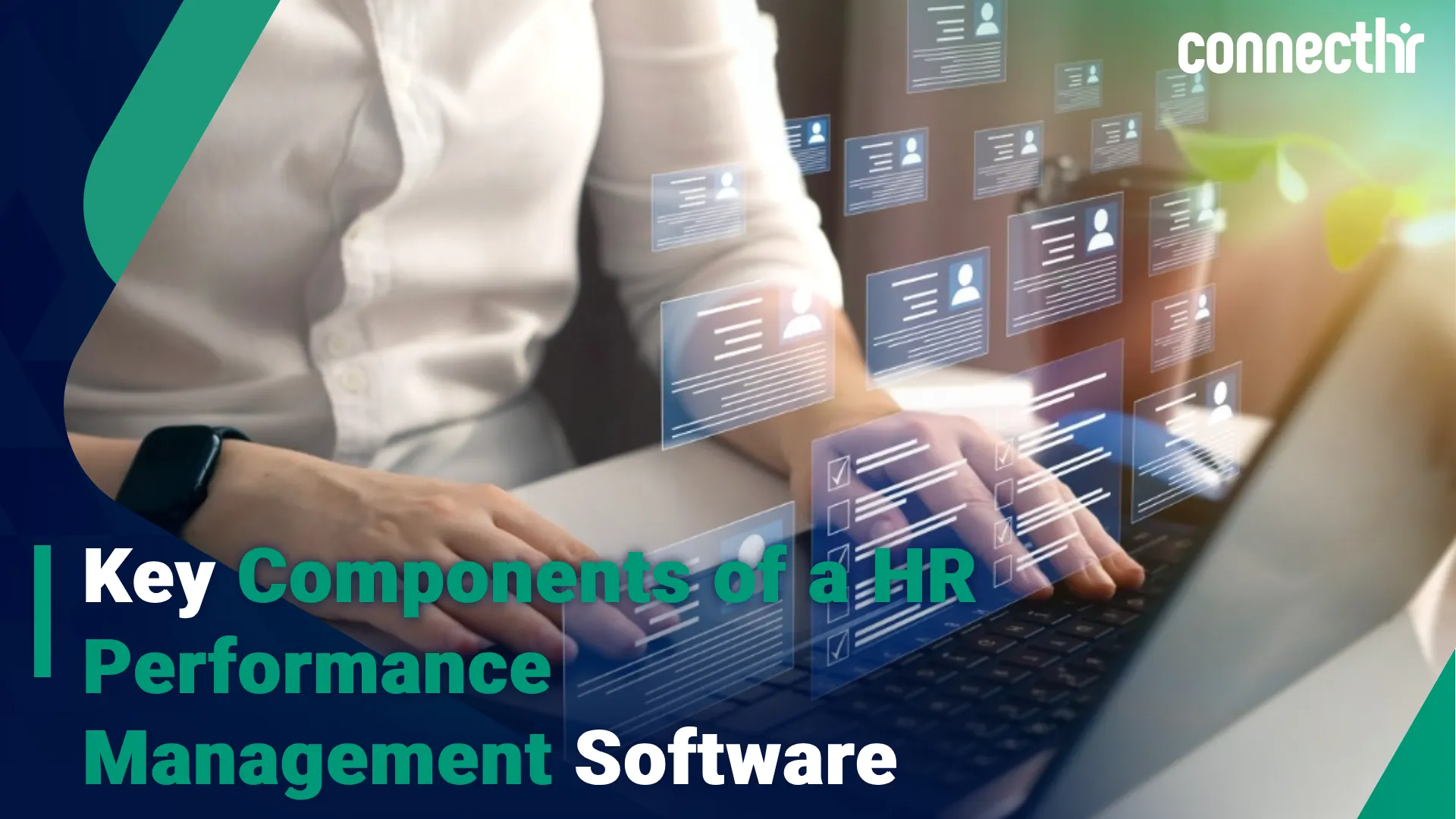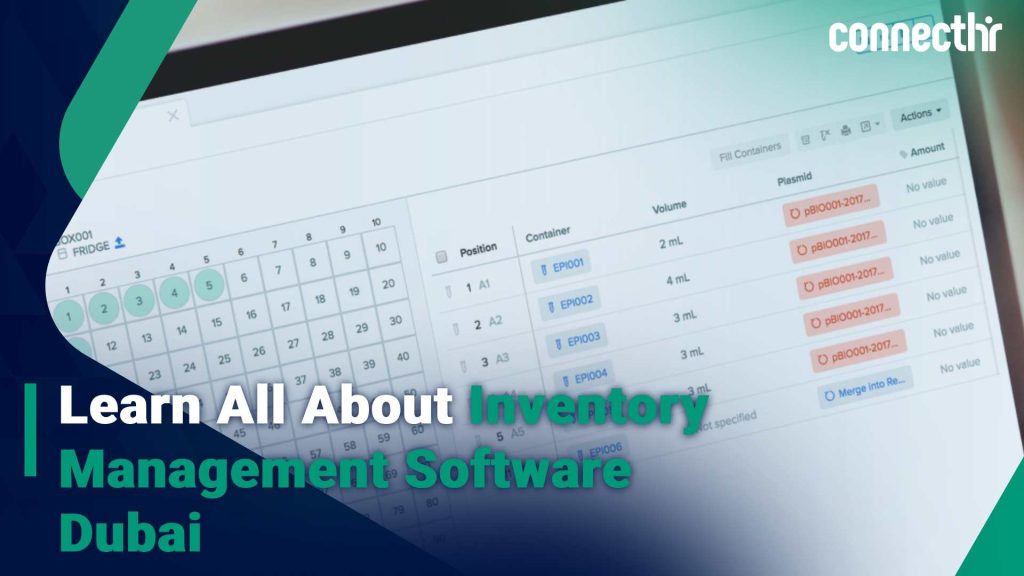Any organization must use performance management because it keeps track of employees’ progress, helps them match their goals with company objectives, and gives them feedback on how to perform better. Conventional manual performance management techniques are becoming obsolete in today’s quick-paced environment. Therefore, more and more businesses are relying on HR performance management software to streamline and automate their procedures.
In this article, we will be giving you the key components you must look for in your HR performance management software. It can be difficult to know which features to seek for in the market’s abundance of performance management tools. Here, we will go over five important aspects that businesses should take into account when choosing performance management software.
The Goal of Performance Management

- Establishing and outlining goals to achieve business objectives:
The most effective strategy for encouraging improved performance among employees is goal setting. Practical goal planning, it has been often said, enables workers to concentrate on what matters.
- Combines personal goals with corporate goals.
- Enhances each employee’s performance.
- Aids in locating the main areas of improvement and working to address them.
- Setting goals is one of the fundamental requirements of a strong performance management system.
Set objectives as a manager that will enhance both employee and corporate performance.
- Establishing realistic standards for managers and staff:
Clear expectations are set by an effective performance management program for both managers and workers. You must set reasonable expectations for your staff as a manager. Do not count on a performer who struggles to deliver results right immediately. Alternatively, a star performer who is reliable every other week. Raising managers to high standards will also result in poor management choices.
People are more likely to be reliable and productive once they are aware of their own tasks, obligations, and accountabilities. This produces high-performing teams that can accomplish the predetermined goals and objectives. To avoid delays and complete projects on schedule, for instance, this is essential in IT project management.
Additionally, it will support improved corporate success. Additionally, it will support the worker’s personal growth.
There are several benefits to a robust HR performance management system. A small but crucial component of performance management is understanding its goals. Likewise, other goals of performance management for employees can include:
- Achieving both business goals and personal aspirations for each employee.
- Moreover, with the assistance of the management, improve the abilities and personal growth of the staff.
- Encourage work that aids in achieving commercial objectives as well.
Key Components of a Performance Management Software
Performance modules: To evaluate employee performance properly, the HR performance management system you use should support many performance components. To aid firms in tracking employee performance, most performance management systems provide performance modules including objectives, skillsets, key result areas, and competences.
For instance, organizations can create specific goals for the staff at the start of the working attendance period using the goals module. This makes it simple for them to monitor how well staff are doing in relation to their goals and to provide feedback. Some systems allow you to specify KRAs and appropriate targets for each. You can give each competency a weighting and give employees scores based on those measures.
Self-appraisals: Since self-appraisals reveal how individuals regard their own work, they play a significant role in many firms’ performance review procedures. You do not wish to contend with back-and-forth emails on the necessary paperwork, reminders, and answers to frequent inquiries after deploying a performance management system.
It is better to choose for a software that encourages self-evaluations. Employees will be able to enter into their self-service interface and add their appraisal once you activate that module. Simply specify the deadline and provide a template containing the necessary questions.
Feedback: Including multi-rater feedback in your assessment process might assist managers in taking into account various viewpoints and evaluating employee performance impartially. The parties can choose the peers and coworkers who will assess an employee’s performance once the multi-rater evaluation module is active.
Performance report: It is advisable to choose a performance management system that offers a range of performance reports while making your choice. You will have a comprehensive understanding of every worker’s performance thanks to this. The goals report, for instance, can show you how employees are doing if you are using objectives to monitor employee performance.
Overview of Performance Management
A systematic HR performance management system enables managers and staff to agree on expectations, objectives, and career advancement, as well as how a person’s job fits into the company’s overarching vision. Performance management typically takes into account how an individual fits into the larger organizational system. In theory, even though it is thought to be impossible, businesses aim for the highest performance level.
Traditional strategies used in performance-management programs include creating and evaluating objectives, targets, and benchmarks. They also want to establish methods for measuring effective individual performance and describe what it looks like. However, performance management transforms each interaction with a worker into an opportunity to learn rather than employing the conventional paradigm of year-end appraisals.
Managers can make decisions that will aid staff in achieving their goals by modifying workflow, suggesting new strategies. Plus, taking other actions using performance management tools. As a consequence, the company is in a position to meet its goals and perform at its peak.
What should you look for in HR Performance management platform?

Customizable metrics: The ability to set customizable performance measures is the second most crucial feature worth searching for in performance management software. Every organization has distinctive requirements. Even though the positions may have comparable duties, each business has a different way of determining success or completion. There is no universal definition of success; it might mean different things to different people and organizations.
Real-time performance tracking: The third item on our list is that performance metrics must be tracked in real-time by the performance management system. By regularly evaluating where their employees are and how they are going to perform against certain performance measures, this tool enables managers to assist their employees in getting and staying on track.
Reporting and analytics: The ability of the HR performance management system to provide automatic reports is the next feature to look for. Managers must refrain from taking time out of their hectic schedules to create reports. The program must be able to generate automatic reports that are scheduled and have variable frequency and period ranges. The option to create reports on a weekly, monthly, daily, quarterly, and annual basis as well as a custom-defined range is available with advanced performance management systems. Companies need it because judgments according to data analytics tend to be successful and accurate.
Performance Management Cycle
A full performance management cycle is an ongoing procedure that encompasses certain procedures. Including, employee performance planning, execution, evaluation, and analysis with the aim of coordinating individual achievement with corporate objectives.
Performance management cycles tended to last a year. However, current workplace trends place a higher priority on employee feedback, engagement, and experience, which has forced businesses to embrace more flexible methods for performance evaluation. As a result, firms are implementing shorter appraisal cycles, usually every quarter or every two years, along with a culture of regular feedback.
Performance management cycles give managers the ability to keep an eye on, direct, educate, and inspire personnel, improving alignment, efficiency, and reward. It is essential to have a performance management plan or process that highlights these ideas.
By keeping staff members and managers concentrated on productivity and goal achievement, an effective performance management cycle approach provides a competitive edge. This unambiguous success road map encourages an effective staff that continuously produces beneficial results.
Organizations can maximize staff production, achieve organizational goals, and precisely track individual employee performance by using the performance management planning process. Organizations may make sure that their workforce is on board with their objectives, pinpoint areas for development, and offer specific support to increase employee performance by putting in place a thorough performance management cycle strategy.
- Including a cycle for performance improvement allows staff to comprehend the bigger picture of their objectives. Through a collaborative process, actively include them in planning and soliciting regular input improves engagement, promoting trust and deeper connections between staff and management.
- Employees are encouraged to actively participate in their own growth and development by setting up a performance management cycle. Setting specific goals, giving frequent feedback, and encouraging collaboration increase employee engagement.
Stages of the Performance Management Cycle
When HR experts and other senior management desire to enhance the performance management procedure, they should adopt the following management cycle stages:
- Planning: The planning stage is where the employee’s performance expectations are set. The worker’s job description serves as the foundation for this planning step, and participation is advantageous. This involvement raises the employee’s motivation to develop as well as their happiness with the performance cycle. Including, how fair and useful they perceive it to be. Plans for employee performance that are flexible allow for adjustments to goals and specifications as the year goes on and sudden events arise. A useful framework to learn about organizing and goal setting is the SMART goal-setting process.
- Monitoring: Monitoring requires frequently assessing performance and providing feedback on the results in relation to the goals. During this phase, you can actively monitor the goals set during the planning step. It is important to pay more attention to whether an employee achieved the goal than how they did it. Good management practices and the right amount of supervision, depending on the individual and their function, are essential for effective monitoring.
- Developing: Investment in development is essential for performance improvement. This can be achieved through appropriate instruction and development, challenging tasks, and other opportunities for your personal and professional growth. Additionally, active monitoring might help you pinpoint areas that need improvement. These could be places where the individual performs well but needs to do better or areas where they do very well but want to do even better.
- Rating and rewarding: The performance management method evaluates the contribution that each employee makes to the business. This gives managers the chance to place staff members in positions and duties that best suit them and to provide them with additional training so they can progress the organization.
Importance of Performance Management

- A view to the future: Leaders can identify potential future issues by regularly evaluating and managing workplace performance. Early detection is the key to every problem’s solution. The sooner problems are fixed, the less impact they will probably have.
- Create strategies: The earlier an issue comes to light, the better. One of these issues can be that staff members are unable to correctly carry out specific processes. If this keeps happening, oversight may cause the organization to collapse. Nevertheless, performance management is probably how this would be found out. The company may then design training courses to turn the problem into a chance for improvement.
- Clarity: Many employees frequently struggle with not knowing precisely what their responsibilities are, what is desired of them, or to whom they should report. Performance management allows the company to convey all of this in an efficient manner. Ineffectiveness frequently results from a lack of understanding. The result of providing personnel with additional information typically increases productivity and confidence.
- Feedback exchange: Working relationships can also experience problems when there is a lack of communication. Employees frequently receive feedback from management regarding their performance, but they are rarely given the chance to express their worries or disappointments. Effective HR performance management software offers a channel for feedback exchange between the company and the employee. Employees who obtain the opportunity to express their opinions frequently feel considerably more respect as well as obtaining knowledge.
- Employee retention: Organizations can recognize and reward their employees through performance management. Some employees leave their jobs and hunt for new ones due in large part to a lack of acknowledgment. Recognition and incentives can be crucial factors in employee retention.
HR Performance Management Software & Solutions
Get a clear picture of how you want your appraisal process to go. This before selecting an HR performance management software for your company. This will help you choose a strategy that fits your needs as an organization. At Connect HR we have the best alternative for your HR needs.
Our HR performance management software and solutions are what you need to streamline certain processes. Therefore, get in touch with us and start enhancing your company to reach new heights.






